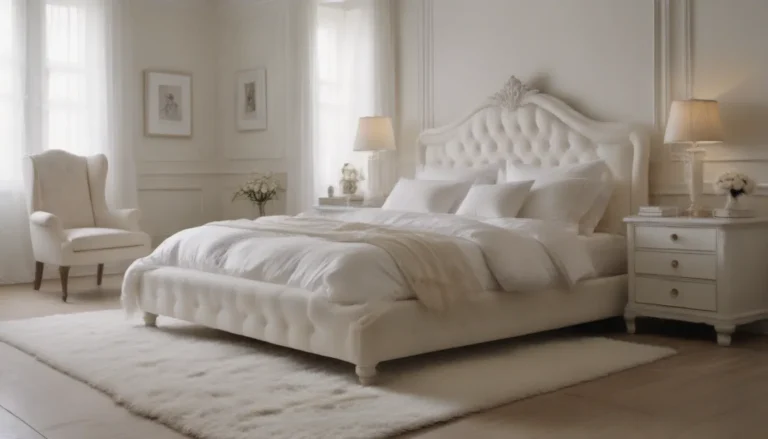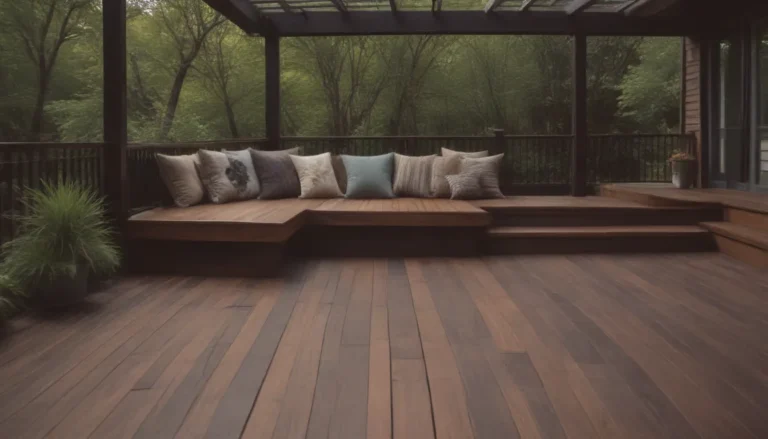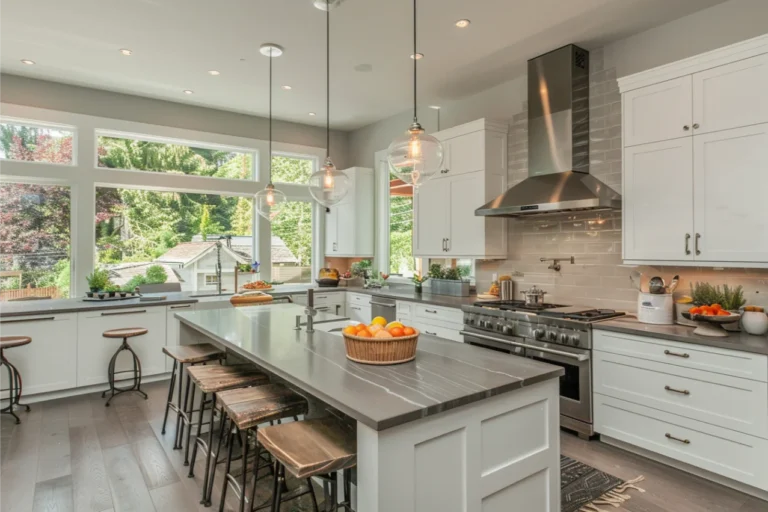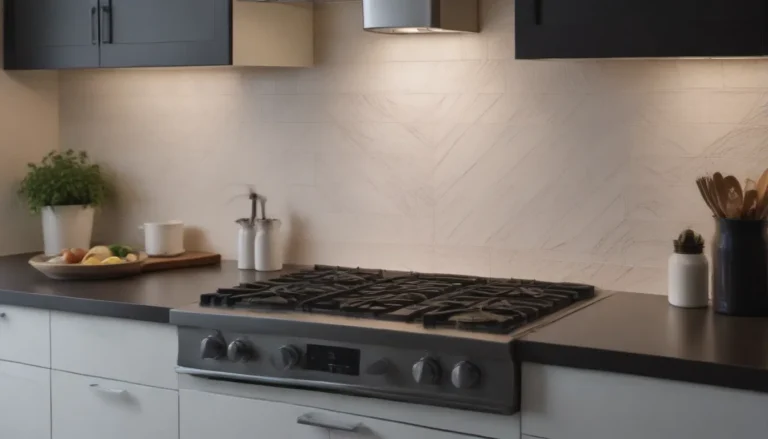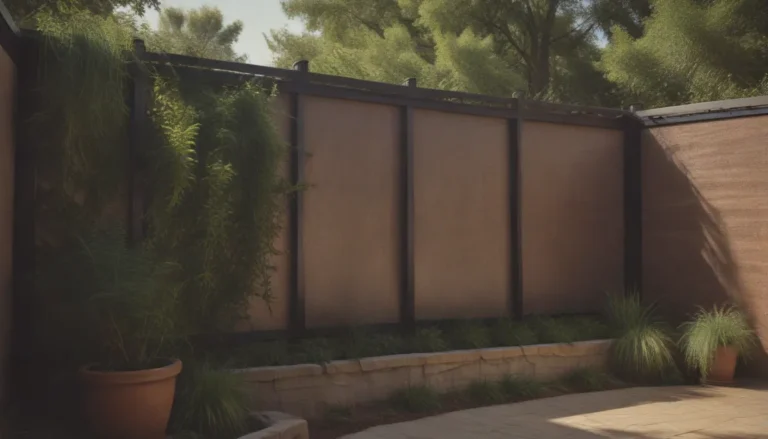Exploring Beaux-Arts Architecture: A Timeless Style of Elegance and Grandeur
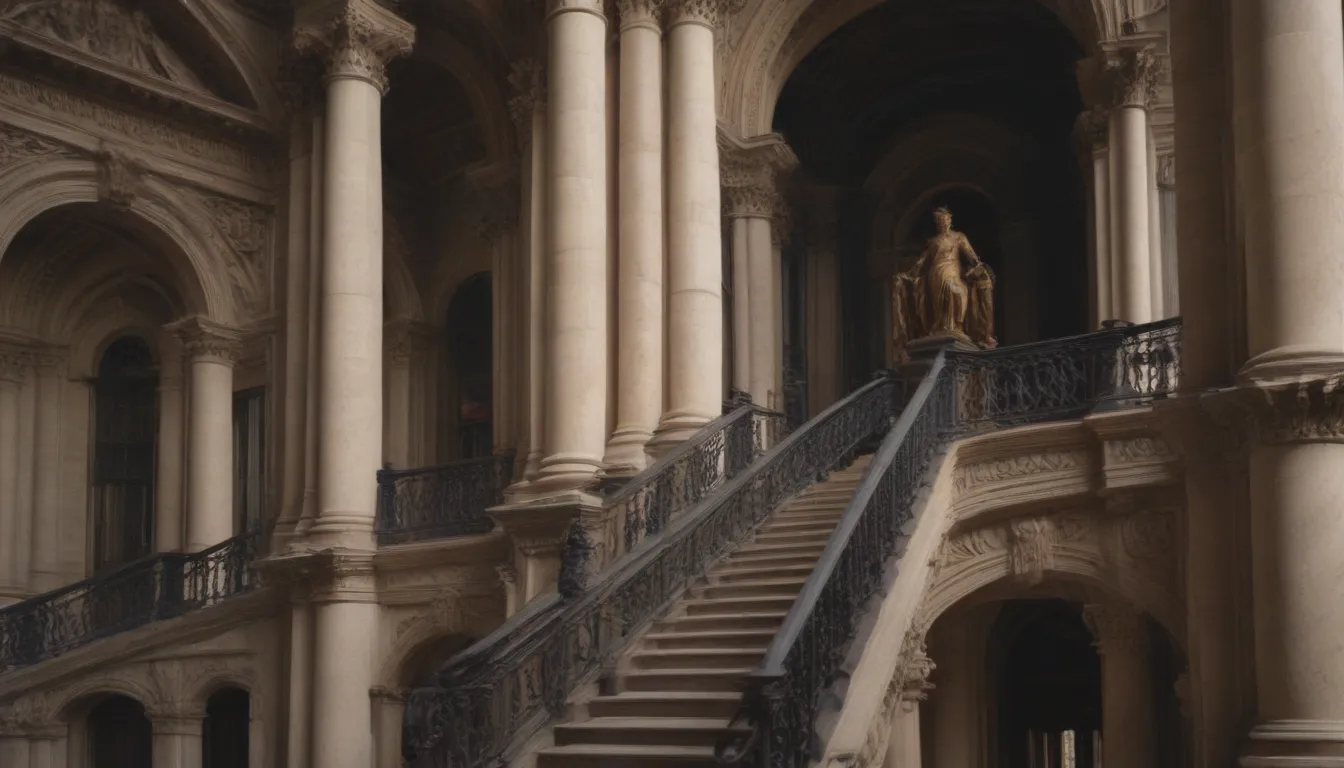
What Is Beaux-Arts Architecture?
Imagine walking through the grand halls of a majestic building, adorned with intricate details and classical elements that transport you back in time to a bygone era of elegance and sophistication. This is the essence of Beaux-Arts architecture, a style that emerged in the late 19th and early 20th centuries and left an indelible mark on the architectural landscape.
The term “Beaux-Arts” is derived from the renowned École des Beaux-Arts in Paris, where this architectural style was cultivated and taught. Beaux-Arts buildings are characterized by a harmonious blend of Roman and Greek classicism, infused with French and Italian Renaissance and Baroque influences. The result is a style that exudes European flair and opulence, making it a favorite choice for government and institutional buildings, as well as the lavish private mansions of the elite.
The History of Beaux-Arts Architecture
The roots of Beaux-Arts architecture can be traced back to Paris in the late 1800s, where it gained popularity among architects and designers. The style eventually made its way to the United States during the Gilded Age, a period of economic growth and prosperity marked by ostentatious displays of wealth. American architects such as Richard Morris, H.H. Richardson, and Charles McKim, who studied at the Beaux-Arts school in Paris, played a pivotal role in bringing this style across the Atlantic.
One of the defining moments for Beaux-Arts architecture in the United States was the World’s Columbian Exposition held in Chicago in 1893. This grand event showcased a large-scale Beaux-Arts prototype that captured the public imagination and propelled the style to new heights of popularity. However, as the Great Depression took hold in the 1930s, Beaux-Arts architecture fell out of favor, seen as extravagant and out of touch with the times.
Despite its decline in popularity, many Beaux-Arts buildings still stand as living monuments to a golden age of architecture and continue to captivate admirers with their timeless beauty and grandeur.
Characteristics of Beaux-Arts Architecture
What sets Beaux-Arts architecture apart from other styles is its emphasis on classical elements and meticulous attention to detail. Here are some key characteristics of Beaux-Arts architecture:
- Symmetry and proportions inspired by Roman and Greek classicism
- French and Italian Renaissance and Baroque influences
- Elaborate decorative elements such as columns, cornices, and pediments
- Heavy use of materials like stone, marble, and limestone
- Formal gardens and well-landscaped grounds
- Focus on grandeur and opulence
Notable Examples of Beaux-Arts Architecture
Beaux-Arts architecture has left an indelible mark on some of the world’s most iconic buildings, showcasing the style’s enduring appeal and timeless elegance. Here are a few notable examples:
-
Grand Central Terminal, New York City: Opened in 1913, this majestic Beaux-Arts building is not only a transportation hub but also a visual masterpiece that stands as a testament to the best of New York City’s architecture.
-
Library of Congress Thomas Jefferson Building, Washington, D.C.: Built in 1897, this classical Beaux-Arts structure houses one of the most extensive collections of knowledge and serves as a shining example of the style’s grandeur and sophistication.
-
Art Institute of Chicago: Housed in a Beaux-Arts building that opened in 1893, this institution is not only a fine arts school but also a museum that showcases the beauty and elegance of the Beaux-Arts style.
-
Musée D’Orsay, Paris: Originally a train station inaugurated for the 1900 Paris Exposition, this stunning Beaux-Arts building now serves as a world-class art museum, highlighting the style’s seamless blend of functionality and beauty.
-
Grand Palais, Paris: Built for the 1900 Paris Exposition, this Beaux-Arts masterpiece is a testament to the style’s grandeur and sophistication, serving as a major museum, exhibition, and events space on the famed Avenue des Champs-Elysées.
-
The Breakers, Newport, RI: This luxurious private mansion built in the late 19th century is a prime example of Beaux-Arts architecture in America, showcasing its Italian Renaissance influences and opulent design.
Contrasting Beaux-Arts and Art Deco
While Beaux-Arts architecture is known for its classical elements and ornate details, Art Deco represents a more streamlined and modern aesthetic. Here are some key differences between the two styles:
- Beaux-Arts:
- Classical Roman and Greek elements
- Elaborate decorative elements
- Focus on symmetry and proportions
-
Use of materials like stone, marble, and limestone
-
Art Deco:
- Geometrical angles and streamlined design
- Minimalistic approach to ornamentation
- Emphasis on modernity and innovation
- Use of materials like chrome, glass, and terrazzo
While Beaux-Arts architecture harkens back to a bygone era of elegance and grandeur, Art Deco represents a more contemporary and sleek aesthetic that reflects the changing tastes of the early 20th century.
In Conclusion
Beaux-Arts architecture stands as a testament to the enduring legacy of a style that exudes classic elegance and timeless beauty. From grand public buildings to opulent private residences, the influence of Beaux-Arts architecture can still be seen in cities around the world, captivating admirers with its harmonious blend of classical elements and ornate details. As we continue to appreciate and preserve these architectural treasures, we ensure that the legacy of Beaux-Arts architecture lives on for generations to come.
